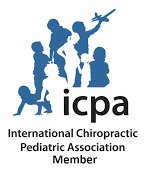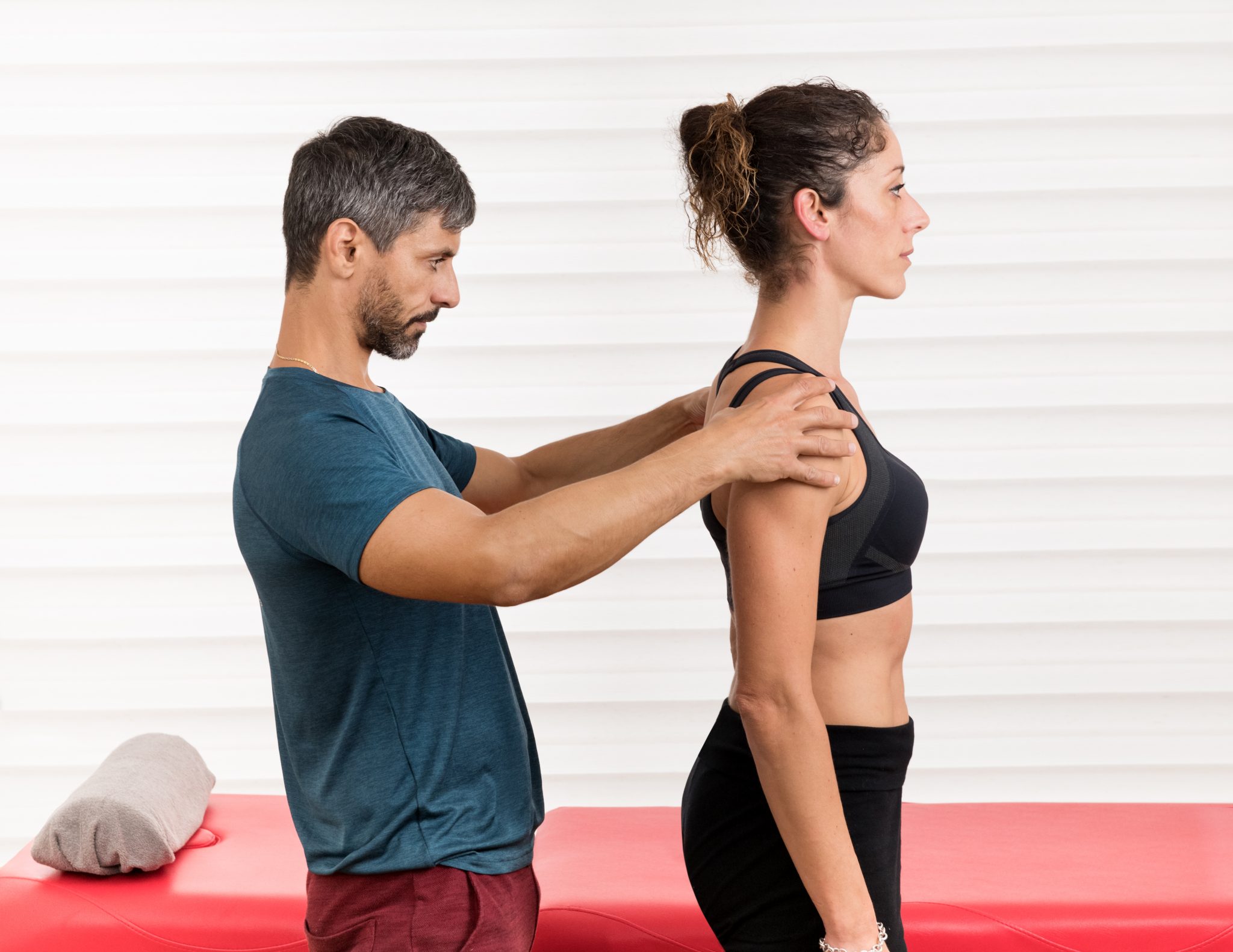The ideal spine, when viewed from behind, looks like a straight line running from the bottom skull all the way down to the tailbone. However, there are many people who have a lateral deviation in their spine. These deviations are characteristic of a condition known as scoliosis.
In very mild cases, a person with scoliosis may never even know that she has the condition. She may have no symptoms, no pain, and no identifiable evidence that anything is amiss. On the other hand, there are some cases of scoliosis that are so severe that patients will have trouble breathing, walking, or moving at all.
Naturally, there are also people who fall somewhere in the middle of these two extremes, and people who don’t have any lateral deviation of their spines whatsoever.
If you’re wondering if you might have scoliosis, this article is for you! Without further ado, let’s take a look at the top 3 signs of scoliosis.
A Rib Hump
One of the classic signs of scoliosis is known as a rib hump.
Back in the day, school nurses used to check for scoliosis by determining whether or not students had a rib hump. The test for detecting this abnormality requires no special equipment and very little effort from the patient. Therefore, this is an excellent early examination technique for clinicians to use when they suspect that a person may have scoliosis.
Specifically, a rib hump is a raised area of the rib cage, which becomes evident when the patient bends forward to touch his or her toes. For example, when a clinician observes a rib hump on the right side of a patient’s back as he or she bends forward, this indicates that the person may have scoliosis. From here, the clinician may then choose to perform x-rays on the patient, or he or she may proceed with treatment/recommendations, depending on the individual’s symptoms.
Decreased Range of Motion
For some individuals with scoliosis, reaching and performing tasks that require full range of motion may be very difficult. For instance, a person with scoliosis may be able to fully reach forward with his or her right arm but may struggle to reach his or her left arm very far forward at all.
In some cases, there may also be range of motion deficits in the lower extremities. Scoliosis is a disorder of the spine, and the spine is associated with movements all throughout the body. Therefore, a person with the condition could theoretically have decreased range of motion in many different areas.
Pain
Individuals with scoliosis may suffer from varying levels of pain. This pain could be a direct result of the condition, or it could be indirectly associated with the issue. Regardless, by correcting the underlying scoliotic alignment, patients will often experience decreased pain and improved function.
Pain is one of the most common reasons why patients will seek out help in the first place. It probably goes without saying, but if you’re having pain of any kind, don’t ignore it! Pain is your body’s best way of telling you that something is wrong.
How to Treat Scoliosis
In general, there are three main ways to correct scoliosis:
- Surgery.
- Exercise and stretching.
- Chiropractic manipulations.
Surgery should always be a last resort for any condition, as there is no going back once you’ve gone under the knife.
Exercise and stretching may work for some people, and it might even be a nice addition to a chiropractic adjustment.
That being said, chiropractic manipulations serve to safely, effectively, and quickly restore the spine to its optimal alignment.
If you think you may have scoliosis, stop by Keystone Chiropractic. We are the go-to chiropractors in Plano, TX, and we are here to serve you today. Book your first session today!





